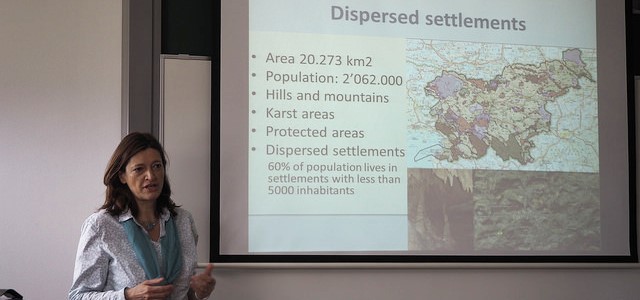Characteristics
In order to make evidence-based decisions in water management, a solid data base is needed. For integrated water resource management, this data has to come from a variety of sectors. It includes climatic, physical, socio-economic, and demographic information. Other essential data concerns water use and supply, and the hydrological cycle in terms of both quantity and quality. This tool covers the collection and storage of such data preferably on a common platform. Data analysis needs to be conducted by trained staff utilising appropriate tools such as computer programmes that can convert data into information and knowledge useful to the decision-making process (see C3).
Often times, hydrological and meteorological offices routinely collect data on elements of the hydrological cycle. The same is true for water service providers who compile their own datasets. It is important that this data is shared among ministries, water utilities and other institutions with data collection responsibilities (e.g. agriculture, planning, statistics, lands, local government, and environment) to reach decisions that include a cross-sectoral perspective. In this process, gaps in monitoring practices should also be identified. Water quality, for example, is often very poorly monitored and weakly presented in databases, putting sectors such as environment and health at a disadvantage in situations where basic knowledge is required.
To evaluate how comprehensive existing monitoring practices are and to supplement them, priority issues need to be identified, such as human health, ecosystems health, land use impacts and forest cover, sectoral competition for water, vulnerability to floods and droughts, etc. Another helpful tool to determine priorities in developing a data base is an assessment of the risks and damages involved when decisions are made based on inadequate information.
Depending on the data gathered, a shared database can be set up from which data with the appropriate clearances can be downloaded directly and fed into modelling programmes such as GIS (see Tool C3.01) or other service programmes. Building a database into an effective tool requires consistent, routine work over large areas and many years. It also requires the development of working relations and data exchange between sectoral institutions representing impacts on water resources, use of water resources, and so forth. Thus, it is important that data collection staff cooperate closely with those working on assessments, so that data continues to be relevant to current problems and adequate for the assessments; and so that users can rely on the quality of the data.
Lessons learned
- A database is fundamental to water resources assessment and subsequent decisions.
- It is essential that practitioners and policy makers appreciate the importance of reliable and representative data, create the necessary institutional responsibilities, and make appropriate allocations of financial and human resources reflecting local needs (see B4.01).
- Prioritisation of data needs to be based on key water issues. An assessment of risks and damages can help to develop political support and resources.
- When data needed for evaluating water resources is collected by a number of different organisations, their systems need to be compatible in terms of standards, quality assurance, electronic access, and transfer.
- Cross-sectoral collaboration is essential to obtain the broad knowledge base needed for IWRM approaches (see A1.02).
- Quality assurance is fundamental to a knowledge base being useful. This is particularly true in transboundary situations where mutual confidence building and credibility are essential.

